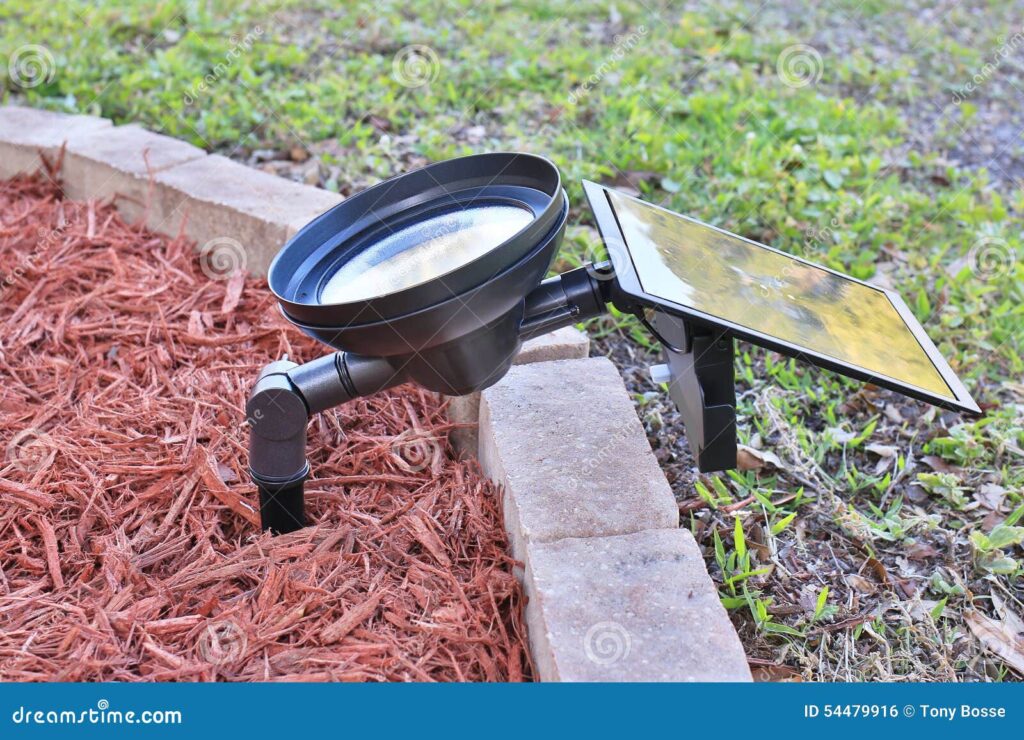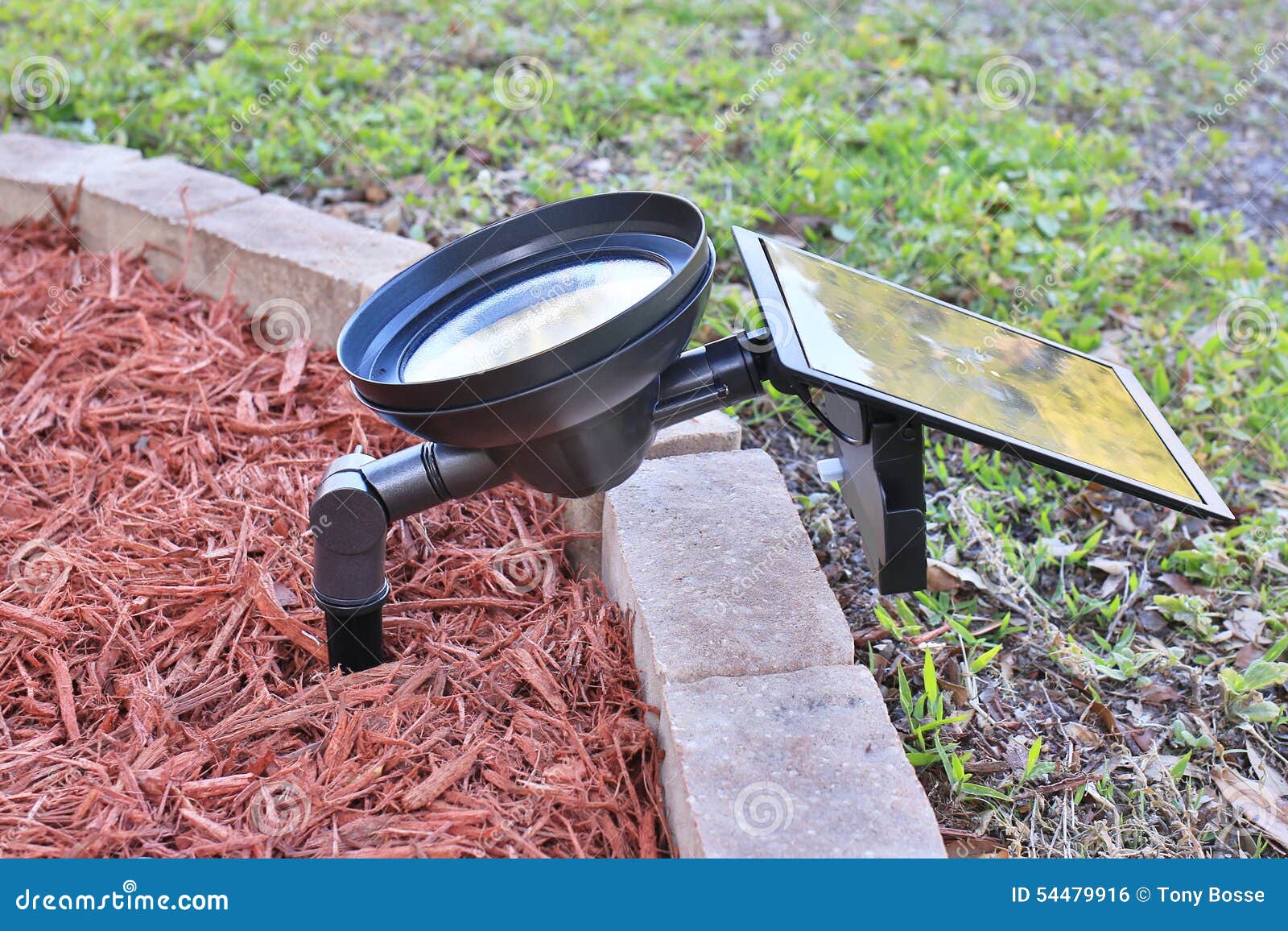
Illuminate Your Outdoors: A Comprehensive Guide to Solar Landscape Flood Lights
As homeowners increasingly seek sustainable and cost-effective solutions for outdoor lighting, solar landscape flood lights have emerged as a popular choice. These lights harness the power of the sun to provide bright, reliable illumination for gardens, pathways, driveways, and other outdoor spaces. This comprehensive guide will delve into the benefits, types, installation, and maintenance of solar landscape flood lights, empowering you to make informed decisions for your property.
Why Choose Solar Landscape Flood Lights?
Solar landscape flood lights offer a multitude of advantages over traditional wired lighting systems. Here are some key benefits:
- Energy Efficiency: They utilize solar energy, a renewable resource, reducing your carbon footprint and reliance on the electrical grid.
- Cost Savings: No electricity bills! The initial investment is often offset by long-term energy savings.
- Easy Installation: Solar landscape flood lights are typically wireless and require no trenching or wiring, making installation a breeze.
- Environmentally Friendly: By using solar power, you’re contributing to a cleaner environment.
- Versatility: Available in a variety of styles, brightness levels, and features to suit different needs and preferences.
- Automatic Operation: Many solar landscape flood lights feature automatic on/off functions, activating at dusk and deactivating at dawn.
Types of Solar Landscape Flood Lights
The market offers a diverse range of solar landscape flood lights, each designed for specific applications. Understanding the different types will help you select the best option for your needs:
Spotlights
Ideal for accentuating specific features like trees, sculptures, or architectural details. They provide a focused beam of light.
Floodlights
Designed to illuminate larger areas, such as driveways, patios, or gardens. They offer a wider beam angle for broader coverage.
Security Lights
Equipped with motion sensors, these lights activate when movement is detected, enhancing security around your property. Many solar landscape flood lights fall into this category.
Pathway Lights
Smaller and less powerful than floodlights, pathway lights provide subtle illumination for walkways and garden paths.
Decorative Lights
These lights are designed to add aesthetic appeal to your outdoor space, often featuring unique designs or colors. While not strictly floodlights, some offer broader illumination than traditional pathway lights.
Factors to Consider When Choosing Solar Landscape Flood Lights
Selecting the right solar landscape flood lights requires careful consideration of several factors:
- Brightness (Lumens): Lumens measure the total amount of light emitted. Higher lumens indicate brighter light. Consider the size of the area you want to illuminate when choosing the appropriate lumen output.
- Battery Capacity: The battery stores the solar energy collected during the day. A larger battery capacity ensures longer run times, especially on cloudy days.
- Solar Panel Size: A larger solar panel will collect more sunlight and charge the battery faster.
- Material and Durability: Choose lights made from weather-resistant materials like aluminum or stainless steel to withstand outdoor conditions.
- IP Rating: The Ingress Protection (IP) rating indicates the light’s resistance to dust and water. Look for a rating of IP65 or higher for reliable outdoor performance.
- Light Color Temperature: Measured in Kelvin (K), color temperature affects the ambiance of the light. Warmer temperatures (2700K-3000K) create a cozy, inviting atmosphere, while cooler temperatures (4000K-5000K) provide brighter, more functional lighting.
- Motion Sensor Range and Sensitivity: For security lights, consider the range and sensitivity of the motion sensor to ensure it detects movement effectively.
Installation Tips for Solar Landscape Flood Lights
Installing solar landscape flood lights is generally straightforward. Here are some helpful tips:
- Choose a Sunny Location: Place the solar panel in an area that receives direct sunlight for at least 6-8 hours per day.
- Avoid Shaded Areas: Obstructions like trees or buildings can reduce the amount of sunlight reaching the panel.
- Proper Mounting: Securely mount the light fixture to prevent it from falling or being damaged by wind.
- Angle the Solar Panel: Adjust the angle of the solar panel to maximize sunlight exposure, especially during different seasons.
- Read the Instructions: Always refer to the manufacturer’s instructions for specific installation guidelines.
Maintaining Your Solar Landscape Flood Lights
Proper maintenance will extend the lifespan and performance of your solar landscape flood lights:
- Clean the Solar Panel Regularly: Dust, dirt, and debris can reduce the panel’s efficiency. Wipe it clean with a damp cloth.
- Check the Battery: Over time, the battery’s capacity may diminish. Consider replacing the battery every 1-2 years, depending on usage and environmental conditions.
- Inspect the Wiring: Ensure that all connections are secure and free from corrosion.
- Replace Damaged Parts: Replace any damaged components, such as the lens or reflector, to maintain optimal performance.
- Winter Storage: In areas with heavy snowfall or prolonged periods of low sunlight, consider storing the lights indoors during the winter months to protect the battery and extend its lifespan.
Troubleshooting Common Issues
Even with proper care, you may encounter occasional issues with your solar landscape flood lights. Here are some common problems and their solutions:
- Light Doesn’t Turn On: Check the switch, battery charge, and solar panel for any obstructions.
- Dim Light: The battery may be low, or the solar panel may not be receiving enough sunlight. Clean the panel and ensure it’s properly positioned.
- Short Run Time: The battery may be old or damaged. Replace the battery or consider a higher-capacity option.
- Motion Sensor Not Working: Check the sensor’s sensitivity settings and ensure there are no obstructions blocking its view.
The Future of Solar Landscape Lighting
The future of solar landscape flood lights is bright, with ongoing advancements in technology and design. Expect to see:
- More Efficient Solar Panels: Improved solar panel technology will capture more sunlight and generate more power.
- Longer-Lasting Batteries: Advanced battery technology will provide longer run times and extended lifespans.
- Smarter Features: Integration with smart home systems will allow for remote control, scheduling, and customized lighting scenarios.
- Enhanced Aesthetics: Expect to see more stylish and innovative designs that blend seamlessly with outdoor environments.
Solar landscape flood lights offer a sustainable, cost-effective, and versatile solution for outdoor lighting. By understanding the different types, factors to consider, installation tips, and maintenance practices, you can choose the perfect lights to illuminate your property and enhance its beauty and security. Embrace the power of the sun and enjoy the benefits of solar landscape flood lights for years to come.
[See also: Best Outdoor Solar Lights for Security]
[See also: How to Install Solar Powered Flood Lights]
[See also: Solar Lighting Maintenance Tips]

